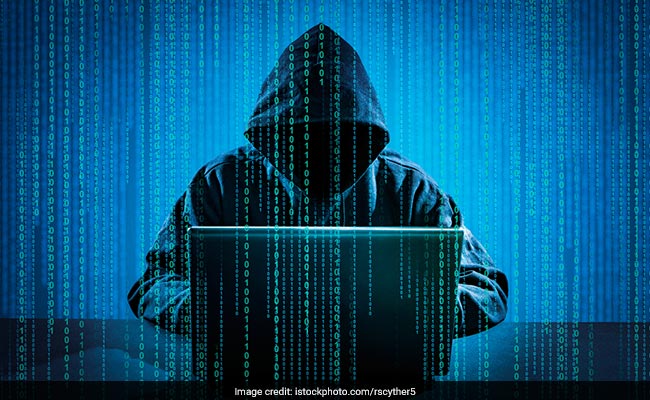In an age dominated by digital warfare, tracing the origin of a cyber attack is akin to solving an intricate puzzle. Determining the involvement of a country in such an attack is a complex process that demands a nuanced understanding of the cyber landscape. However, attributing these attacks to a specific nation can be as challenging as it is critical.
Attribution, the process of identifying the perpetrators behind a cyber attack, involves an intricate web of technical evidence, intelligence sharing and diplomatic maneuvering. While there are legal parameters and criteria that can be considered as part of this assessment, it’s crucial to acknowledge the inherent difficulty in pinpointing the exact source.
Cyber attackers, especially nation-states, have become adept at concealing their tracks, often routing attacks through multiple countries, using proxy servers or deploying sophisticated tactics to obfuscate their identities. False flags and misattribution further muddy the waters, making a rush to judgment a perilous endeavor.
Acting without conclusive evidence can have severe consequences, potentially escalating tensions between nations and triggering unintended conflicts. In an arena where shadows reign supreme, patience, meticulous investigation and international cooperation become indispensable tools for uncovering the truth.
When a cyber attack is launched on another country by a citizen of that country, the response and attribution can be complex and depend on several factors, including the nature of the attack, the evidence available and the diplomatic and legal frameworks in place. Here’s a general outline of how such situations might be handled, specifically focusing on Distributed Denial of Service (DDoS) cyber attacks:
1. Detection: The first step is to detect the cyber attack. This often involves the victim country’s cybersecurity agencies, law enforcement or private-sector cybersecurity firms identifying the attack as it happens or after the fact.
2. Attribution: Attribution is the process of determining who is responsible for the attack. This can be a challenging task in cyberspace, as attackers can hide their identities by using various techniques, such as routing their attacks through multiple countries or using anonymizing tools.
3. Forensics and Evidence Gathering: To attribute the attack to a specific individual within a country, digital forensics experts will analyze the attack’s patterns, digital fingerprints and any other available evidence. This evidence may include IP addresses, malware used and the tactics, techniques and procedures (TTPs) employed by the attacker.
4. Diplomatic Response: Once attribution is reasonably certain, diplomatic channels may be used to communicate with the country where the attacker is believed to be located. This is typically done through official government-to-government communication channels and it involves sharing evidence and demanding action.
5. Legal Actions: The victim country may consider legal actions, such as extradition requests or international arrest warrants, if there is sufficient evidence to support these measures. However, the effectiveness of legal actions can vary widely depending on the diplomatic and legal agreements between the countries involved.
6. Sanctions: In some cases, countries may impose economic or other sanctions against the country where the attacker is based if that country is found to be harboring or supporting cybercriminals.
7. Public Attribution: In certain situations, countries may choose to publicly attribute the attack and provide evidence to the international community. This can be a way to garner support from allies and pressure the offending country to take action against the cybercriminal.
8. Cybersecurity Measures: The victim country may also take cybersecurity measures to mitigate the impact of the attack, protect critical infrastructure and defend against future attacks. 9. International Cooperation: In some cases, countries may work together to investigate and respond to cyber attacks, especially if the attack has transnational implications or if multiple countries are affected. It’s important to note that the specific response to a cyber attack can vary widely based on the severity of the attack, the countries involved and the geopolitical context. Attribution in cyberspace can be challenging and false flags and misattribution are possible, so careful investigation and evidence-sharing are critical before taking any actions that may escalate tensions between countries.
As the world grapples with the evolving threat landscape in cyberspace, the journey to attribute cyber attacks to their source remains a complex and delicate undertaking. In this digital age, where the lines between war and peace are blurred, a cautious and evidence-based approach is not only prudent but paramount to maintaining global stability.
( Khushbu Jain is a practicing advocate in the Supreme Court and founding partner of the law firm, Ark Legal. She can be contacted on Twitter: @advocatekhushbu )

















